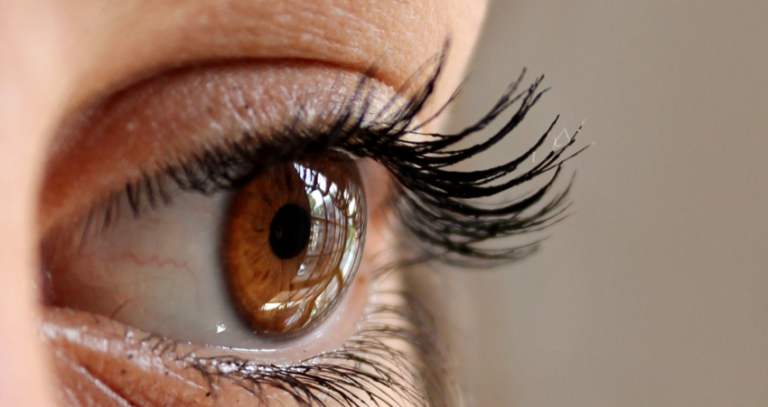What is a Cornea?
The cornea is the eye’s outermost layer. It is the clear, dome-shaped surface that covers the front of the eye. It functions like a window that controls and focuses the entry of light into the eye. The cornea contributes between 65-75 percent of the eye’s total focusing power. It is clear and seems to lack substance, but it is actually a highly organized group of cells and proteins.
What is a Cornea Transplant?
Corneal Treatments
Common diseases and disorders that can affect the cornea are allergies, dry eye, infection, keratoconus, pterygium and refractive errors. Click here to learn more about Corneal Disease.
As the largest group of fellowship-trained eye surgeons in Northeast Florida, we bring only the very latest in technology for diagnosing and treating corneal disease. We welcome you to schedule an appointment today with one of our board-certified physicians to experience for yourself the Florida Eye Specialists difference.
The Cornea’s Purpose
Because the cornea is as smooth and clear as glass, but is strong and durable, it helps the eye in two ways: It helps to shield the rest of the eye from germs, dust, and other harmful matter. The cornea shares this protective task with the eyelids, the eye socket, tears, and the white part of the eye or the sclera.
Unlike most tissues in the body, the cornea contains no blood vessels to nourish or protect it against infection. Instead, the cornea obtains its nourishment from the tears and fluid that fill the chamber behind it. The cornea must remain transparent to let in light properly, and the presence of even the tiniest blood vessels can make this process difficult. For the best vision, all layers of the cornea must be free of any cloudy or opaque areas.
The corneal tissue is arranged in five basic layers, each having an important function. These five layers are:
- The Epithelium, which is the cornea’s outermost region, comprising about 10 percent of the tissue’s thickness.
- The Bowman’s Layer, which lies directly below the basement membrane of the epithelium. It is composed of strong layered protein fibers called collagen.
- The Stroma, which comprises about 90 percent of the cornea’s thickness. It is essential in producing the cornea’s light-conducting transparency.
- The Descemet’s Membrane, which is a thin but strong sheet of tissue that serves as a protective barrier against infection and injuries.
- The Endothelium, which is the extremely thin, innermost layer of the cornea. Endothelial cells are essential in keeping the cornea clear.

